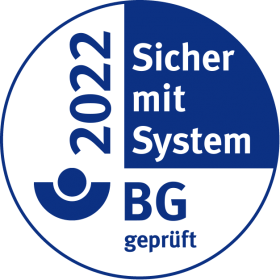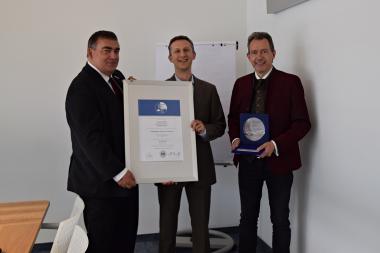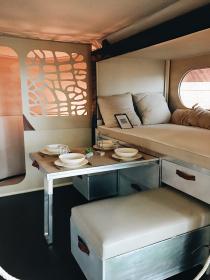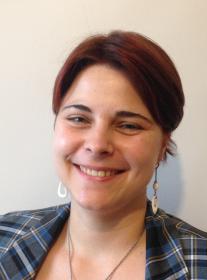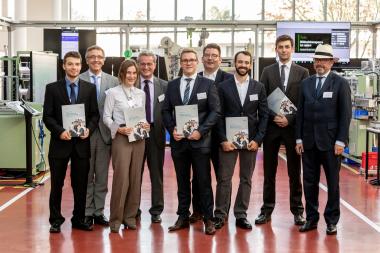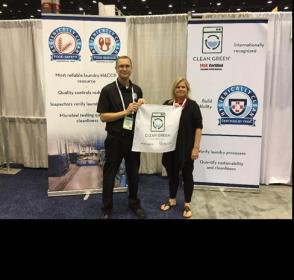Trevira awarded “Systematic Safety” seal of approval
On 5 August 2019, Trevira received the “Systematic Safety” seal of approval from the German Social Accident Insurance Institution for the Raw Materials and Chemical Industry (Berufsgenossenschaft Rohstoffe und chemische Industrie, BG RCI). The award confirms that Trevira GmbH meets the requirements for systematic and effective occupational health and safety management through the company’s occupational health and safety management system, which helps optimise production workflows and demonstrates the value that Trevira GmbH places on the health and safety of its employees. The “Systematic Safety” award, valid for three years, also certifies that Trevira fully meets the requirements of industry standard ISO 45001:2018. The award was handed over to Trevira CEO Klaus Holz together with management representative Stefan Rauterkus.
Trevira GmbH


